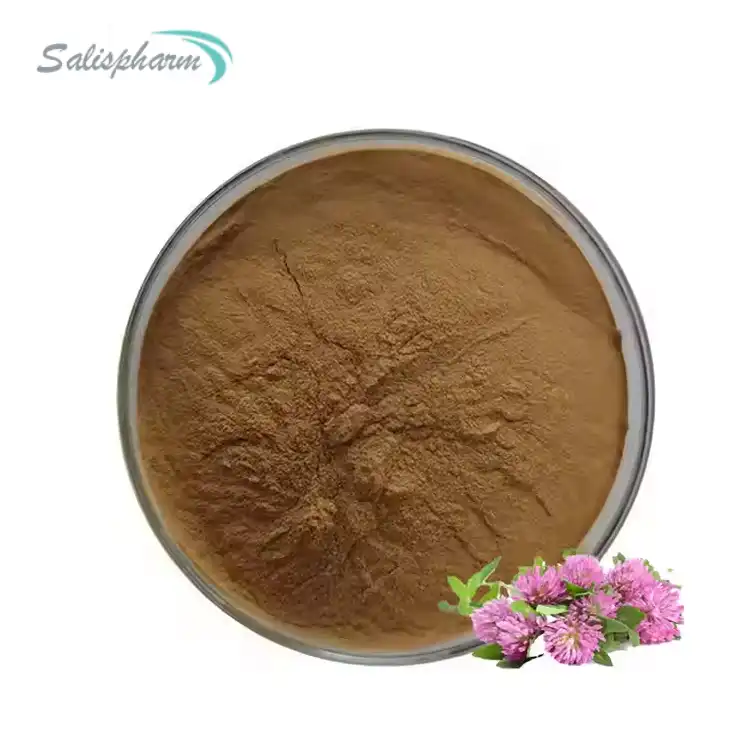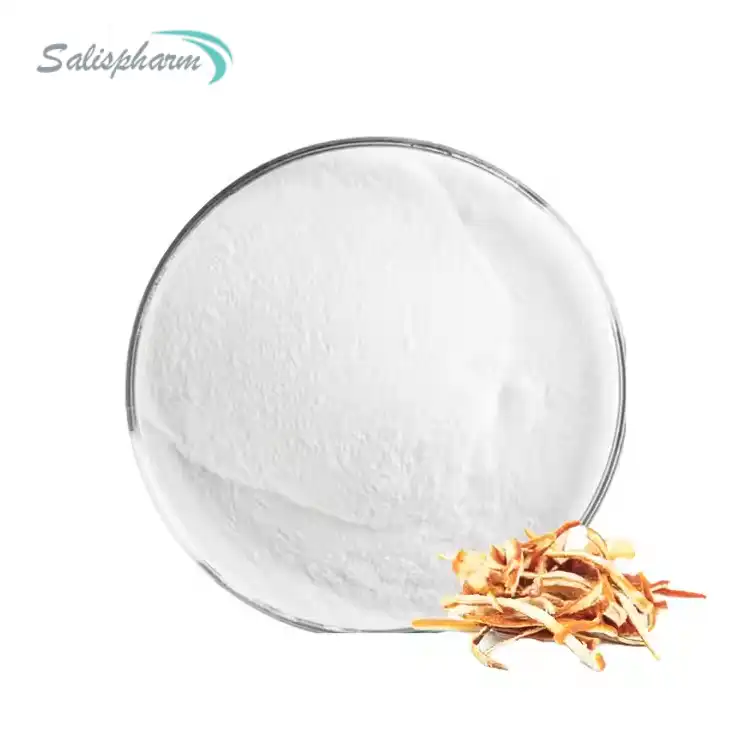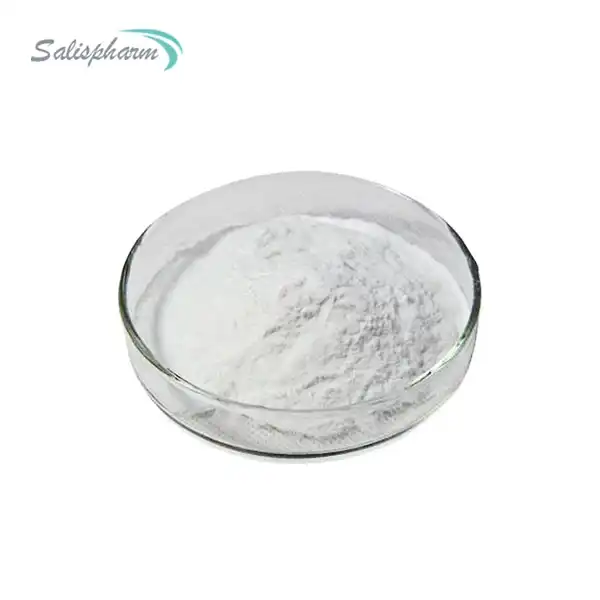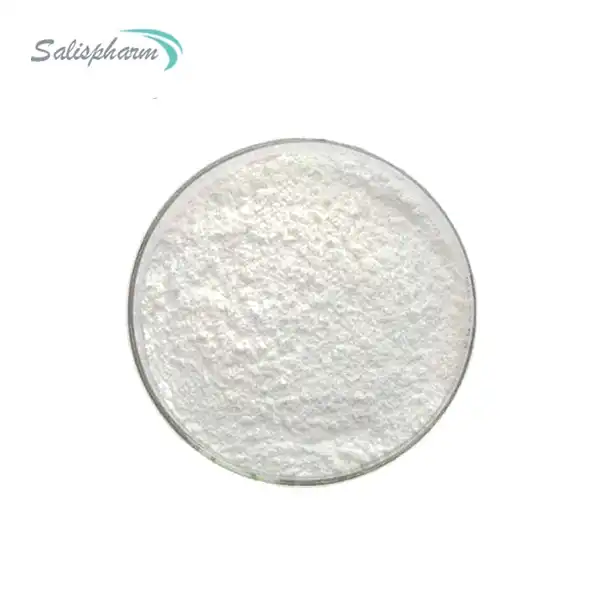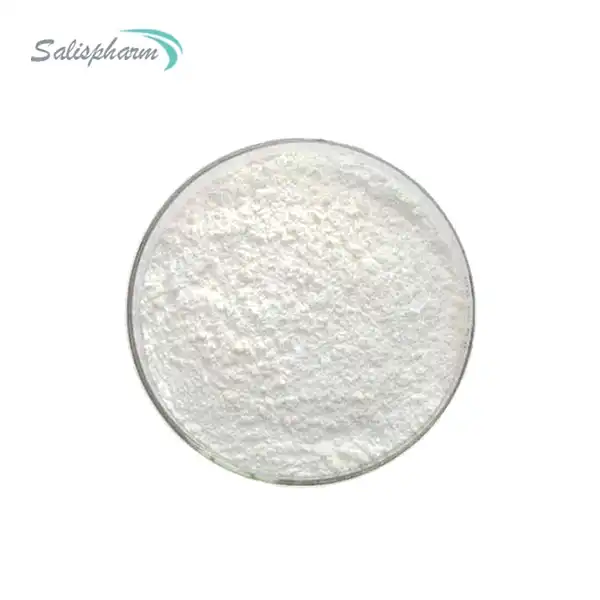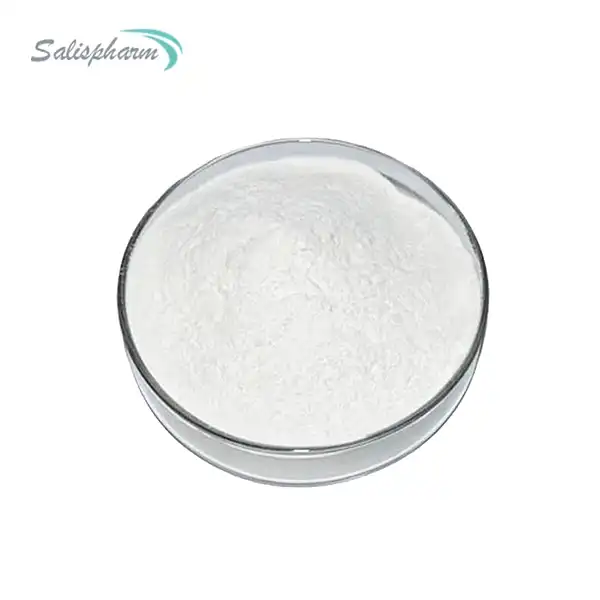Silver sulfadiazine is a topical antimicrobial agent that has been widely used in the treatment of burn wounds for decades. While primarily known for its effectiveness against bacterial infections, there has been growing interest in its potential application for fungal infections. This blog post explores the properties of silver sulfadiazine powder and its possible role in managing fungal infections, addressing some common questions and providing insights based on current research and clinical experience.
What is Silver Sulfadiazine Powder and How Does it Work?
Silver sulfadiazine powder is a synthetic antimicrobial compound that combines the antimicrobial properties of silver with the sulfonamide antibiotic sulfadiazine. This combination creates a potent topical agent that has been a staple in burn care since the 1960s. The mechanism of action of silver sulfadiazine is multifaceted, making it an intriguing candidate for various antimicrobial applications, including potential antifungal use.
The primary mode of action of silver sulfadiazine involves the slow release of silver ions from the compound. These silver ions interact with the cell membranes of microorganisms, disrupting their structure and function. This interaction leads to the inhibition of DNA replication and protein synthesis, ultimately resulting in cell death. The broad-spectrum activity of silver ions against bacteria, including both gram-positive and gram-negative species, is well-documented.
In addition to its direct antimicrobial effects, silver sulfadiazine also exhibits anti-inflammatory properties. This dual action makes it particularly useful in wound care, where managing both infection and inflammation is crucial for optimal healing. The compound forms a protective barrier over the wound, creating an environment that is inhospitable to microbial growth while allowing for tissue regeneration.
The unique properties of silver sulfadiazine powder have led researchers to explore its potential beyond bacterial infections. Its ability to disrupt cell membranes and interfere with cellular processes suggests that it might also be effective against fungal pathogens. Fungi, like bacteria, have cell membranes that are vulnerable to the action of silver ions, making silver sulfadiazine a promising candidate for antifungal therapy.
Moreover, the formulation of silver sulfadiazine as a powder offers several advantages in terms of application and storage. The powder can be easily incorporated into various delivery systems, such as creams, ointments, or dressings, allowing for versatile use in different clinical scenarios. This flexibility in formulation may contribute to its potential efficacy in treating fungal infections in various anatomical locations.
Can Silver Sulfadiazine Powder Be Used to Treat Fungal Skin Infections?
While silver sulfadiazine is primarily known for its antibacterial properties, there is growing evidence to suggest that it may also be effective against certain fungal skin infections. The potential antifungal activity of silver sulfadiazine has been the subject of several studies, with promising results that warrant further investigation.
Fungal skin infections, such as those caused by dermatophytes (e.g., ringworm, athlete's foot) or yeasts (e.g., Candida species), are common dermatological conditions that can be challenging to treat. The ability of silver sulfadiazine to form a protective barrier on the skin and its broad-spectrum antimicrobial activity make it an interesting candidate for managing these infections.
In vitro studies have demonstrated the antifungal effects of silver sulfadiazine against various fungal species. For instance, research has shown that silver sulfadiazine exhibits inhibitory activity against Candida albicans, a common cause of superficial fungal infections. The mechanism of action against fungi is believed to be similar to its effect on bacteria, involving disruption of the cell membrane and interference with cellular processes.
Clinical observations have also provided some evidence for the potential antifungal efficacy of silver sulfadiazine. In cases where fungal infections complicate burn wounds or other skin injuries, the application of silver sulfadiazine has been reported to effectively manage both bacterial and fungal colonization. This dual action is particularly beneficial in complex wound environments where multiple types of microorganisms may be present.
However, it's important to note that while these findings are encouraging, the use of silver sulfadiazine for fungal skin infections is not yet a standard treatment approach. Most clinical guidelines still recommend traditional antifungal agents as first-line treatments for fungal skin infections. The potential role of silver sulfadiazine in this context is still being explored, and more comprehensive clinical trials are needed to establish its efficacy and safety profile specifically for fungal infections.
One advantage of using silver sulfadiazine powder for fungal skin infections, if proven effective, would be its broad-spectrum activity. This could be particularly useful in cases where the exact pathogen is not immediately identified or in mixed infections involving both bacteria and fungi. Additionally, the barrier-forming properties of silver sulfadiazine could help protect the affected skin from further contamination and promote healing.
How Does Silver Sulfadiazine Powder Compare to Traditional Antifungal Treatments?
Comparing silver sulfadiazine powder to traditional antifungal treatments is an intriguing area of research that highlights both the potential benefits and the current limitations of using this compound for fungal infections. Traditional antifungal treatments, such as azoles (e.g., fluconazole, itraconazole), polyenes (e.g., nystatin), and allylamines (e.g., terbinafine), have been the mainstay of fungal infection management for many years. These agents have well-established efficacy profiles and specific mechanisms of action against fungal cell components.
Silver sulfadiazine, on the other hand, offers a different approach to antifungal therapy. Its broad-spectrum antimicrobial activity, which extends beyond just fungi, could provide advantages in certain clinical scenarios. For instance, in cases where there is a risk of secondary bacterial infection or where the exact nature of the microbial threat is unclear, silver sulfadiazine's dual antibacterial and potential antifungal properties could be beneficial.
One of the key differences between silver sulfadiazine and traditional antifungals lies in their mechanisms of action. Most antifungal drugs target specific components of fungal cells, such as ergosterol in the cell membrane or enzymes involved in cell wall synthesis. Silver sulfadiazine, however, acts more broadly by disrupting cell membranes and interfering with multiple cellular processes through the action of silver ions. This non-specific mechanism might make it less prone to the development of resistance, which is an increasing concern with traditional antifungal agents.
The formulation of silver sulfadiazine as a powder that can be incorporated into topical preparations offers certain advantages in terms of application and patient compliance. Many traditional antifungal treatments require systemic administration or frequent topical applications. A silver sulfadiazine-based treatment could potentially provide a more convenient option for patients, especially if it can be formulated into long-acting preparations.
However, it's crucial to acknowledge that the antifungal efficacy of silver sulfadiazine has not been as extensively studied or clinically validated as traditional antifungal drugs. While promising, the current evidence base is not yet robust enough to position silver sulfadiazine as a replacement for established antifungal treatments. More comprehensive clinical trials are needed to directly compare its efficacy, safety, and long-term outcomes with those of traditional antifungals across various types of fungal infections.
Another consideration is the potential for silver sulfadiazine to be used in combination with traditional antifungal agents. Such combination therapies could potentially leverage the strengths of both approaches, providing enhanced antimicrobial coverage and possibly reducing the risk of resistance development. However, this concept requires careful evaluation to ensure safety and efficacy.
The cost-effectiveness of silver sulfadiazine compared to traditional antifungals is another factor that warrants consideration. While silver sulfadiazine powder itself is relatively inexpensive, the overall cost of treatment would depend on factors such as the formulation, frequency of application, and duration of treatment required to achieve clinical resolution.
In conclusion, while silver sulfadiazine powder shows promise as a potential antifungal agent, it currently serves as a complementary approach rather than a direct replacement for traditional antifungal treatments. Its unique properties and mechanism of action offer intriguing possibilities for future developments in antifungal therapy, particularly in scenarios where broad-spectrum antimicrobial activity is desirable. As research in this area continues to evolve, we may see silver sulfadiazine playing an increasingly important role in the management of fungal infections, either as a standalone treatment or as part of combination therapies.
If you are also interested in this product and want to know more product details, or want to know about other related products, please feel free to contact iceyqiang@aliyun.com.
References
1. Chopra, I. (2007). The increasing use of silver-based products as antimicrobial agents: a useful development or a cause for concern? Journal of Antimicrobial Chemotherapy, 59(4), 587-590.
2. Atiyeh, B. S., Costagliola, M., Hayek, S. N., & Dibo, S. A. (2007). Effect of silver on burn wound infection control and healing: review of the literature. Burns, 33(2), 139-148.
3. Rai, M., Yadav, A., & Gade, A. (2009). Silver nanoparticles as a new generation of antimicrobials. Biotechnology Advances, 27(1), 76-83.
4. Mooney, E. K., Lippitt, C., Friedman, J., & Plastic Surgery Educational Foundation DATA Committee. (2006). Silver dressings. Plastic and Reconstructive Surgery, 117(2), 666-669.
5. Klasen, H. J. (2000). Historical review of the use of silver in the treatment of burns. I. Early uses. Burns, 26(2), 117-130.
6. Ip, M., Lui, S. L., Poon, V. K., Lung, I., & Burd, A. (2006). Antimicrobial activities of silver dressings: an in vitro comparison. Journal of Medical Microbiology, 55(1), 59-63.
7. Nadworny, P. L., Wang, J., Tredget, E. E., & Burrell, R. E. (2008). Anti-inflammatory activity of nanocrystalline silver in a porcine contact dermatitis model. Nanomedicine: Nanotechnology, Biology and Medicine, 4(3), 241-251.
8. Lansdown, A. B. (2002). Silver I: its antibacterial properties and mechanism of action. Journal of Wound Care, 11(4), 125-130.
9. Fong, J., & Wood, F. (2006). Nanocrystalline silver dressings in wound management: a review. International Journal of Nanomedicine, 1(4), 441-449.
10. Castellano, J. J., Shafii, S. M., Ko, F., Donate, G., Wright, T. E., Mannari, R. J., ... & Robson, M. C. (2007). Comparative evaluation of silver‐containing antimicrobial dressings and drugs. International Wound Journal, 4(2), 114-122.



